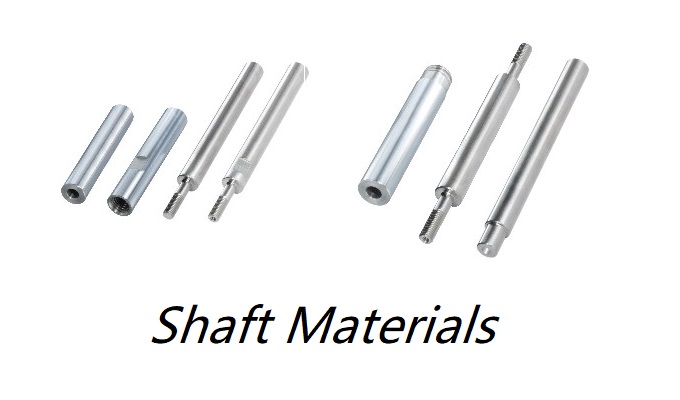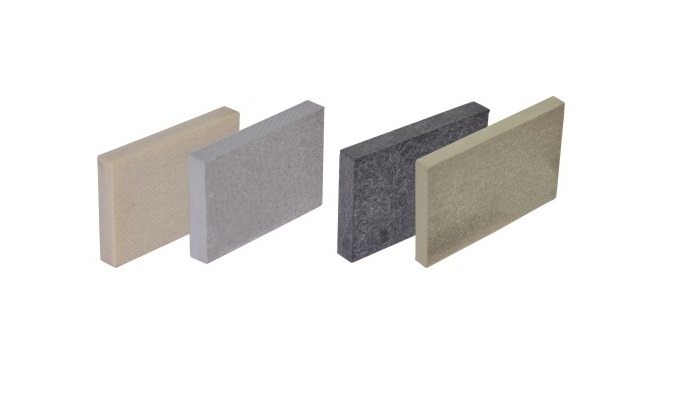Fixtures, often referred to as clamping tools, typically consist of positioning elements, clamping devices, guiding elements, indexing devices, connecting elements, and the main body of the fixture. In any process of the technological procedure, any device used to quickly, conveniently, and safely install a workpiece can be termed as a fixture. Examples include welding fixtures, inspection fixtures, assembly fixtures, and machine tool fixtures, with machine tool fixtures being the most common and often simply referred to as fixtures.
Functions of Fixtures
1. Precision: Using machine tool fixtures to clamp workpieces can accurately determine the relative position between the workpiece and the tool/machine, ensuring machining accuracy.
2. Efficiency: Machine tool fixtures can quickly position and clamp workpieces, reducing auxiliary time and improving production efficiency.
3. Labor Reduction: Using mechanical, pneumatic, or hydraulic clamping devices in machine tool fixtures can reduce the labor intensity of workers.
4. Versatility: Fixtures can expand the machining range of machine tools. For example, using boring jigs on lathes or drilling machines can enable these machines to perform boring operations usually done by boring machines.
Classification of Fixtures
Specialized Fixtures
These are designed and manufactured specifically for clamping needs in certain procedures of a specific product part. They are highly targeted and generally designed by the product manufacturing factory itself. Common types include lathe fixtures, milling fixtures, drill jigs (used to guide tools for drilling or reaming holes), boring jigs (used to guide boring bars), and transfer fixtures (used in combination machine tool automatic lines for mobile fixtures).
Standardized Fixtures
Also known as universal fixtures, these utilize standardized parts to assemble specialized fixtures. Major parts like the main body, positioning elements, clamping elements, and pneumatic/hydraulic components, after being standardized and size-specified, facilitate batch preparation and processing, speeding up the design and manufacturing of fixtures, and saving costs. When the fixture is no longer in use due to product changes, standardized parts can be saved for future use. Examples include machine vises, chucks, magnetic chucks, indexing heads, and rotary tables, which are highly versatile and adaptable to changes in processing procedures and objects. Their structures are fixed and their sizes and specifications are serialized, with most becoming standard machine tool accessories.
Group Fixtures
In workshops with multi-variety, small-batch production, group processing methods can be used. Group processing involves grouping different product parts based on commonalities in machine tools, tools, fixtures, and other process equipment, allowing them to be processed on the same machine tool with common process equipment and adjustment methods. Group fixtures are designed based on similar installation methods of a group of parts and can be adjusted or have some positioning and clamping parts replaced to switch from processing one part to another.
Modular Fixtures
These are composed of specially designed, easily assembled, and disassembled standard elements and components of various shapes and sizes, with complete interchangeability and wear resistance. They can be assembled into different machine tool fixtures for processes like turning, grinding, milling, planing, drilling, and boring. After use, they can be conveniently disassembled, cleaned, and stored for future assembly of new fixtures.
Lathe Fixtures
Used on lathes for processing internal and external rotating surfaces and end faces of workpieces. Most lathe fixtures are installed on the spindle, while a few are installed on the carriage or bed. They include fixtures for lathes, internal and external cylindrical grinders, and thread grinders, characterized by the fixture and workpiece rotating together.
Milling Fixtures
Installed on the milling machine table and move with the table for feed motion. They mainly consist of positioning devices, clamping devices, fixture bodies, connecting elements, and guiding elements, including fixtures for milling machines, planers, and surface grinders, characterized by being fixed on the table and moving longitudinally or transversely in reciprocating or rotary motion.
Drilling and Boring Fixtures
Used for drilling, reaming, and other operations on drilling machines or boring operations, where the fixture is fixed on the machine tool and the tool feeds through guiding devices on the fixture.
Transfer Fixtures
In automated line processing, some fixtures move with the workpiece along the production line's conveying device, transferring the workpiece step by step to each machine tool. These fixtures are known as "transfer fixtures." In addition to positioning, supporting, and clamping the workpiece, they also position and clamp it relative to the tool on each machine tool and automatically transfer it to the next machine tool for processing.
Coordinate Measuring Fixtures
Used on coordinate measuring machines, utilizing modular support and reference devices to flexibly fix the measured workpiece. The device can automatically program, support the workpiece, and establish infinite workpiece configuration reference points. Advanced dedicated software can directly generate workpiece clamping programs from geometric data within seconds.
Industrial Robot Fixtures
Installed on industrial robots, used in industrial automation equipment, and are one of the new technologies in modern industrial automation. Commonly used for machine tool loading and unloading, workpiece stacking, welding, grinding, etc., in automated, unmanned factories.
To ensure the production quality of bearing seats and improve their production efficiency, a large amount of process equipment, including bearing seat fixtures, molds, tools, and auxiliary tools, is used. Bearing seat fixtures accurately determine the relative position between the workpiece and the tool during the production process.
In conclusion, fixtures have become crucial equipment in mechanical processing. The design and use of fixtures are important technological measures to promote production development. With the continuous development of machinery industry, the improvement and creation of fixtures have become important tasks for many mechanical workers and technicians in technical innovation.





